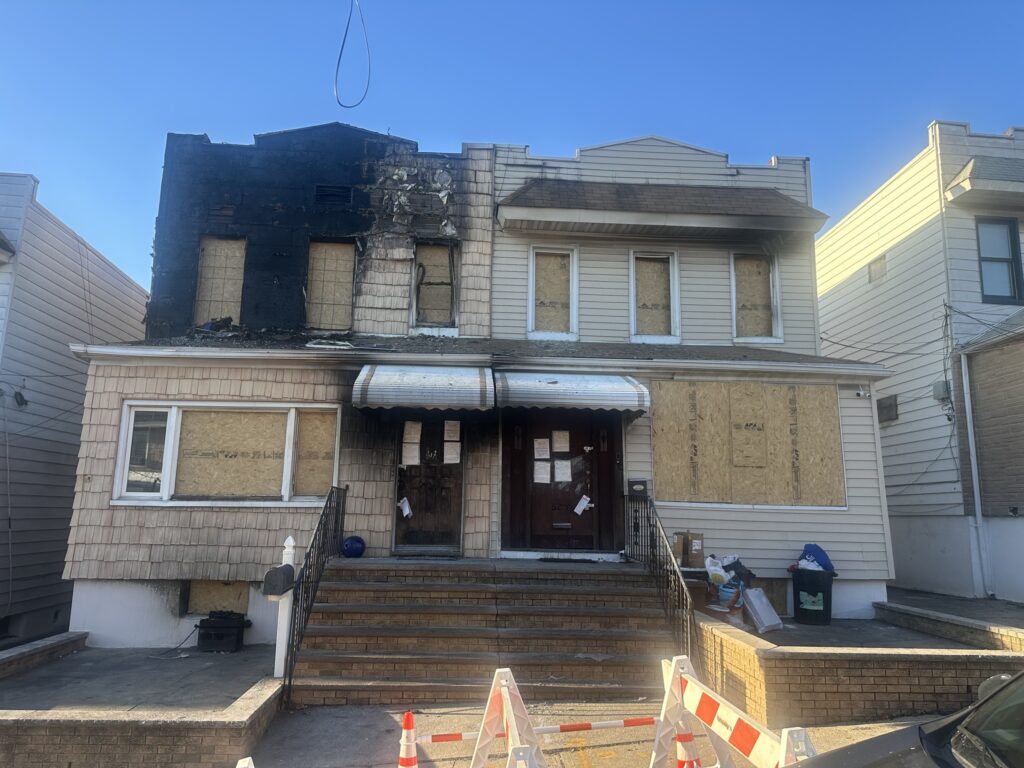This past Presidents Day, a devastating fire occurred in Maspeth. A woman and child had crawled out on the 2nd floor landing of a 2-family home as the fire raged behind them and they waited to be rescued. The inferno destroyed the home they lived in, severely damaged the attached home, and injured a firefighter who fell through the floor while battling the fire. The Red Cross reported that the fire made a total of 28 people homeless.
Yes, that’s right – 28 people were living in those two houses. The owners of each house were cited for illegally converting their cellars and the homes were ordered vacated. It’s a scenario that’s played out repeatedly over decades – particularly in Queens, which has the highest number of illegal conversions in New York City – and at times leading to lethal tragedy. The “lack of affordable housing” in the city is usually cited as the cause.
Who is to blame?
Desperate people with little income can’t really be blamed for living in overcrowded conditions. The people who need to be held accountable are those homeowners who carve up their houses into hazardous firetraps. Illegal conversions are fueled by pure GREED.
Landlords of illegal conversions are engaging in insurance and property tax fraud and likely income tax fraud as well. Homeowners who adopt this practice will not have their insurance cover the cost of the damage.
What is the solution?
Affordability needs to be legislated. There is no way around this. The zoning code must be rewritten to mandate affordability in large projects, particularly in areas with higher density zoning. This is the only way we have a chance to have the supply of affordable housing catch up with the need. Instead of rewarding developers with larger buildings in return for including affordable housing, a certain baseline amount of it should serve as a launchpad, with negotiations to include more if a larger building is desired.
Why ADUs won’t fix this problem
Legalizing Accessory Dwelling Units, or ADUs, has been part of recent attempts by Governor Kathy Hochul (Housing Compact) and Mayor Eric Adams (City of Yes: Housing Opportunity) to expand the housing supply. An ADU can be an apartment in a basement, attic, garage conversion, or its own stand-alone building in a backyard. Sometimes called “granny flats,” the concept of ADUs is supported by organizations such as AARP, with their stated reasoning being that creating an ADU might allow a senior to “age in place” as the ADU may provide an additional income; or perhaps an aged relative to live in their own space without having to pay exorbitant rent. In the AARPs’ narrative, this may be an attractive option for an elderly widow on a fixed income or a recent college graduate.
However, ADUs are more likely to become market rate housing than not. For example, a couple that owns a legal 2-family home with an attic, basement and garage is not likely to build a legal ADU for several reasons.
• Most homeowners do not have the capital to do the major construction required to legalize additional units.
• Adding units changes the building classification. Homes with 3 or more units are considered multi-family and fall under the purview of NYC Housing Preservation and Development and must be registered with that agency. More rules must be followed, and more paperwork submitted regularly.
• It also changes the building’s tax classification, resulting in property tax and insurance rate increases.
• In addition, legal units are “on the books” and must be listed as capital gains income on tax returns.
However, the potential to add up to 3 additional units makes the property very attractive to developers. They will no doubt swoop in and pay top dollar for 2-family homes knowing the investment will pay off when that house is converted into a 5-family apartment complex. There is nothing requiring that ADUs be rented out at affordable rates and developers have no incentive to do this. These will be market rate units that put the squeeze on existing area renters.
The only people profiting from ADUs are the people making the housing unaffordable to begin with. This movement, if adopted into law, has the potential to completely transform our neighborhoods – and not in a good way – which, in turn, will undoubtedly lead to overcrowding and overburdening of utilities and municipal services and a resulting decrease in our quality of life.




